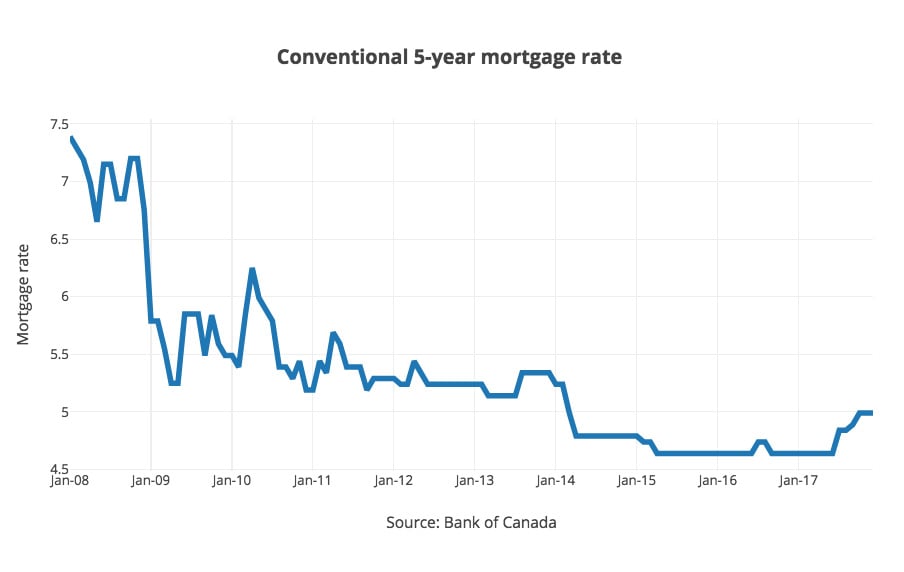The Ginnie Mae CUSIP aggregation program began in March 2019 and was finished in July 2019 and the Desk consolidated approximately 8,000 individual CUSIPs into about 8 aggregated ones. The aggregation process was developed to decrease administrative expenses and operational intricacies related to the Federal Reserve's firm MBS portfolio utilizing a straightforward and rules-based method that follows market.
working objectives and basic market practices. Other The New york city Fed publishes detailed data on all settled SOMA firm MBS holdings on its on a weekly basis. In addition, Fannie Mae, Freddie Mac, and Ginnie Mae supply information about aggregated CUSIPs, consisting of the underlying agency MBS, on their public sites. Yes. Info about specific Fannie Mae, Freddie Mac, and Ginnie Mae agency MBS CUSIPs underlying the Federal Reserve's aggregated CUSIPs will stay readily available on these companies' public websites.
's recently enforced constraint on repooling of reperforming forborne loans yet once again punishes servicers acting as necessary company in the continuing efforts to safeguard mortgagors dealing with monetary hardship due to COVID-19. Let me count a few of the methods Ginnie Mae servicers are bearing the impact of debtor forbearance under the CARES Act: no servicing cost earnings during forbearance of as much http://www.wfmj.com/story/43143561/wesley-financial-group-responds-to-legitimacy-accusations as a year( and potentially longer need to Congress choose its required); no relief from advance requirements for the duration of such forbearance; no modification of the structural impediments to personal funding to fund advances; and no reimbursement for the expense of funds for advances. In issuing APM-20-07 on June 29, 2020, Ginnie Mae decided to further protect investors from the possible boosted prepayment risk resulting from early swimming pool buyouts of forborne loans. This security, nevertheless, comes at the expenditure of servicers. By restricting servicers from depending on enduring, genuine organization activity early pool buyouts coupled with the repooling of reperforming loans Ginnie Mae has actually chosen to consider a regular activity as improper since it is unneeded and, gosh, may produce a revenue. This commitment lasts till the defaulted loan is bought out.
loan protected by the mortgaged residential or commercial property, the profits of which are utilized to bring the loan present. By utilizing a junior lien, the loan does not require to be customized. Currently, a servicer may achieve a" stand alone partial claim" or a" home mortgage recovery advance" without repurchasing the overdue loan from the pool, but servicers regularly integrate the allowable early buyout of a delinquent loan, a reinstatement through a" stand alone partial claim" or" home mortgage recovery advance, "and a repooling of the reperforming loan into newly issued securities. Initially, the borrower under a reperforming loan must have made prompt payments for the 6 months immediately preceding the month in which the associated mortgage-backed securities are issued.
Second, the concern date of the mortgage-backed securities must be at least 210 days from the last date the loan was overdue." Reperforming Loans "are not limited to loans that are restored through a" stand alone partial claim" or "home mortgage healing advance." The term is broadly defined to be a loan that is not more than thirty days delinquent, formerly was purchased out of a Ginnie Mae swimming pool, and has the very same rate and terms as the initially pooled loans. The APM just means the factor behind Ginnie Mae's change in position, specifying that "Ginnie Mae seeks to make sure that transactional activity related to these options does not hinder market self-confidence in Ginnie Mae securities. "It highlights that FHA's "Stand Alone Partial Claim" and USDA's "Home loan Healing Advance" do not require pool repurchases unless the regards to.
3 Easy Facts About After My Second Mortgages 6 Month Grace Period Then What Described

the loan need modification. Simply put, Ginnie Mae is depriving servicers of a long-standing, genuine, elective organization method under the Ginnie Mae program apparently since this discretionary activity is not necessary to make it possible for a servicer to stop maintenance advances in respect of forbearance. Generating an earnings from repooling reperforming loans in some way is viewed as a nefarious activity. In isolation, insulating financiers in Ginnie Mae securities from boosted prepayment danger connecting to forbearance certainly is a worthwhile public law objective. When compared to the expenses, costs and lost earnings servicers are bearing in respect of forbearance, one has to question whether Ginnie Mae is relatively balancing the interests of servicers and financiers.
While Ginnie Mae might have the authority to revise the Mortgage-Backed Securities Guide from time to time, servicers have a right to reasonably count on the basic construct of the program without product unfavorable changes not grounded in law or abuse. Servicers create, acquire and fund their Ginnie Mae MSRs based on this affordable expectation. When you wish to have a good time in the sun right in.
your backyard, a swimming pool of your own may be paradise. A pool features a hefty cost, though, so be prepared to pay for it with time. While you have a couple of different choices, one of the most basic is to finance a brand-new pool with a new home loan. Initially, call the lender with which you have your present mortgage to ask about a new mortgage.
Often your existing lending institution will be eager to maintain your financing, possibly using appealing interest and terms. the big short who took out mortgages. Note the terms offered by your present lending institution. Approach two or 3 other lending institutions to ask about a brand-new home mortgage. With a brand-new lender, you will need to reveal evidence of identity and earnings, warranty deed and property owner's insurance coverage. The new loan provider will investigate your credit and.
check the worth of exit timeshare your house throughout a prequalification process. After verifying your info and examining your credit reliability, the lender may extend you prequalification status.